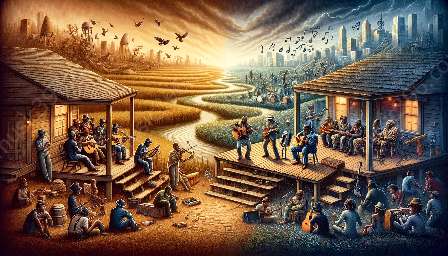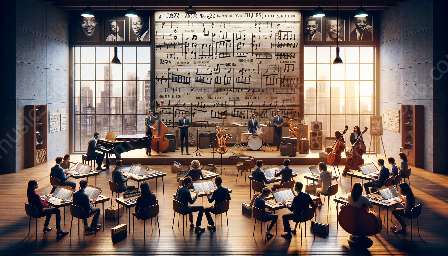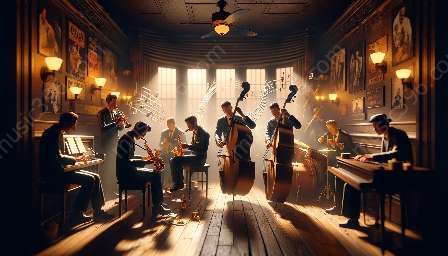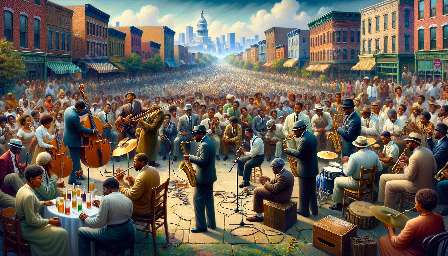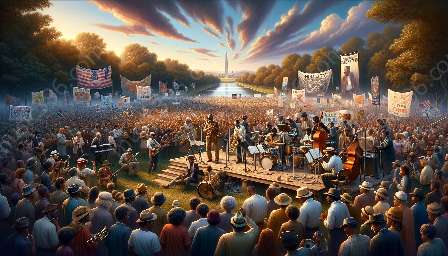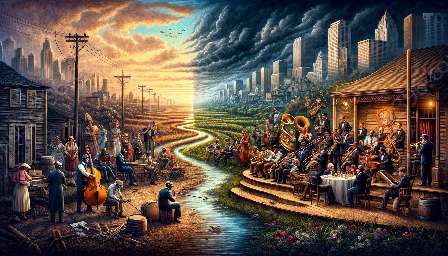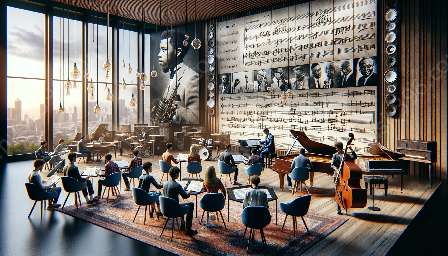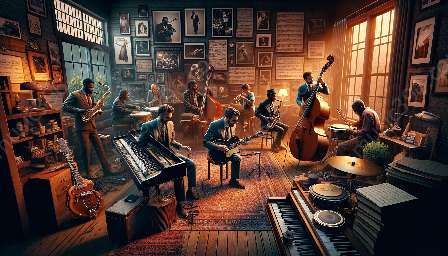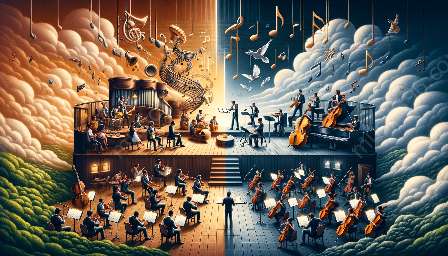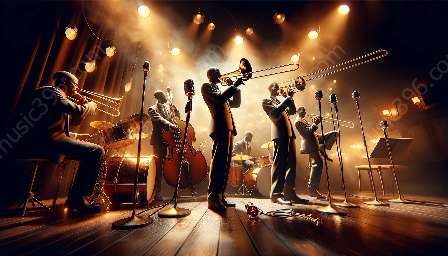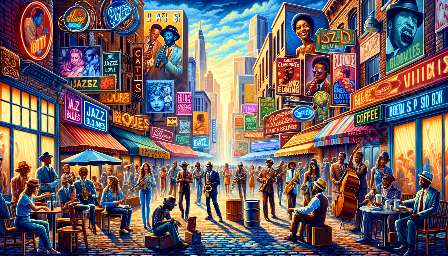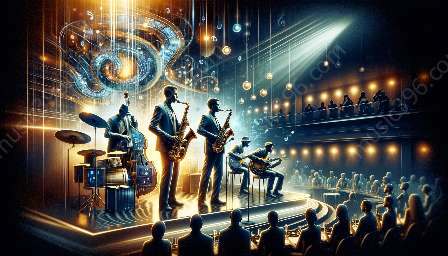Technological advancements have played a pivotal role in shaping the evolution of jazz and blues music over the centuries. The recording techniques and equipment used in jazz and blues have undergone significant changes, revolutionizing the production, distribution, and consumption of these genres.
Evolution of Jazz and Blues
Jazz and blues have a rich and intertwined history that spans over a century. The evolution of jazz can be traced back to the late 19th and early 20th centuries, emerging primarily from African American communities in the Southern United States. Blues, on the other hand, has its roots in the African American communities of the Deep South, with its origins dating back to the late 19th century.
Both genres have evolved through various stylistic periods, from traditional and New Orleans jazz to swing, bebop, and fusion, and from Delta blues to Chicago blues and electric blues. These evolutions have been shaped by cultural, social, and technological influences, with recording technology playing a significant role in documenting and disseminating the music.
Impact of Technological Advancements
The impact of technological advancements in jazz and blues recording has been profound. Early recordings of jazz and blues were made using rudimentary equipment, often with limited fidelity and sound quality. As recording technology advanced, artists and producers gained the ability to capture more nuanced and complex performances, leading to a more faithful representation of the music.
The introduction of multi-track recording in the mid-20th century allowed for greater creative freedom in the studio, enabling artists to experiment with layering and overdubbing, ultimately shaping the sound of jazz and blues recordings. The emergence of digital recording in the late 20th century further transformed the production process, offering unprecedented precision and editing capabilities.
Moreover, technological advancements in audio equipment, such as microphones, amplifiers, and mixing consoles, have contributed to the distinctive tonal qualities associated with jazz and blues recordings. From the warm, resonant tones of vintage tube microphones to the crisp, clean sound of modern digital recording, these advancements have left an indelible mark on the sonic identity of the genres.
Role of Recording Studios
Recording studios have served as vital hubs for the development and dissemination of jazz and blues music. From the legendary studios of the early 20th century, such as Chicago's Chess Records and New York's Blue Note Records, to modern, state-of-the-art facilities, these spaces have provided artists with the means to capture their performances and connect with audiences.
Notable engineers and producers, such as Rudy Van Gelder and Sam Phillips, have made significant contributions to the sonic character of jazz and blues recordings through their innovative recording techniques and studio practices. The spatial acoustics and architectural design of recording studios have also influenced the aesthetic and ambiance of jazz and blues recordings, with some studios becoming iconic landmarks in the history of the genres.
Changing Distribution and Consumption
Advancements in recording technology have fundamentally altered the distribution and consumption of jazz and blues music. The advent of vinyl records, followed by compact discs and digital downloads, has transformed the way listeners interact with these genres. The portability and accessibility of recorded music have allowed jazz and blues to reach global audiences, transcending geographical and cultural boundaries.
Furthermore, the rise of streaming platforms and digital music services has reshaped the landscape of jazz and blues consumption, offering unprecedented access to vast catalogs of recordings. This digital revolution has democratized the music industry, empowering independent artists and labels to connect directly with their fans and build dedicated followings.
Conclusion
Technological advancements in jazz and blues recording have been inseparable from the evolution of these genres. From the early days of primitive recording equipment to the modern era of digital production and distribution, technology has continuously reshaped the sonic palette, studio practices, and audience engagement in jazz and blues music. By understanding the interplay between technology and artistic expression, we gain a deeper appreciation for the enduring legacy of jazz and blues in the global musical landscape.


